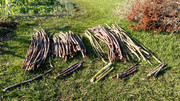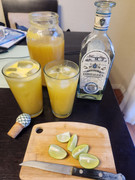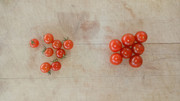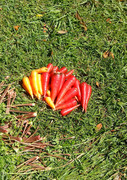How many different types or variations of the Florida wild native muscadine is there?
I found a new found interest in some of the Florida hybrids. Finding a source is more difficult than I've anticipated but as far as rootstock I do not have to look far. Is grafting grapevines more difficult than mangoes or avocado?


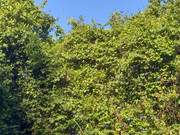
I think officially there are 3. Vitis rotundifolia in northern Florida, Vitis munsoniana throughout the state, and a subspecise of V. munsoniana with tiny leaves that grows in the scrub of central Florida called vitis munsoniana var pygmaea. However, careful observation will show more variants than that, for example I know of one sub population in my county with dark red new growth (indicating a much higher anthocyanin content).
Muscadines are suposedly more difficult to graft. However, Florida grape pioneer Charles Demko did not seem to have any trouble with it and recommended grafting even muscadines to adapted rootstock (I think he was using hybrid vines of V. rotifolia x V. munsoniana for that purpose). He said that these grafted vines produced earlier and better than the own root vines. I'll try to find the paper in my files. So far, the bunch grape side of the family has been super easy to graft.

